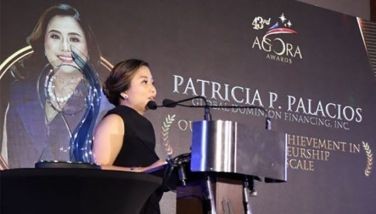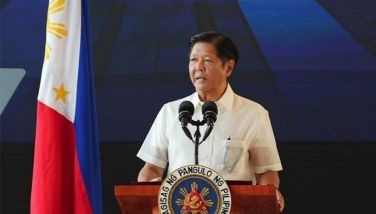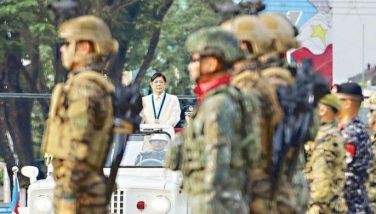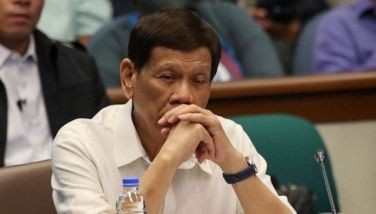The birth of the Philippine National Anthem
This day, June 5, in the year 1898, historical accounts tell of General Emilio Aguinaldo being visited by a young pianist and composer, a Caviteno by the name of Julian Felipe. He brought with him a letter written by General Mariano Trias, introducing him as a good musician and composer. Felipe was then asked to play a musical composition, Hymno de Balintawak, which was composed by a Filipino musician in Hongkong where Aguinaldo had been in exile. General Aguinaldo was then looking for a composition that embodies the noble ideals of the Filipino, something that would inspire the people to fight against foreign invaders. He was not quite satisfied with the composition although it sounded good. The next day, Aguinaldo told Felipe, “It is not what I’m looking for. I want something more stirring and majestic”. This was a week before the scheduled proclamation of the Philippine independence in Kawit. Felipe labored on the new composition during the next six days and nights. On the eve of the proclamation, Felipe played his composition in the presence of Aguinaldo and two other revolutionary generals. They were aptly impressed and approved it as the
As historical books narrated it, when General Aguinaldo proclaimed the country’s independence on June 12, 1898, the “soul-inspiring masterpiece without lyrics” was played by the music band of San Francisco de Malabon (now General Trias, Cavite), while the Filipino flag (made in Hongkong, red, white and blue with the sun shining through) was being hoisted outside the central window of the Aguinaldo ancestral home which still stands now in Kawit, Cavite. Being a Marcha, no one sang it, because it had no wordings then.
Julian Felipe drew inspiration from his country’s sufferings. He expressed his love for his country with his music. From his pen flowed many beautiful musical pieces, such as Amoria Danza, Cintas y Flores Rigodones,
Six months after the proclamation of Philippine Independence in Kawit, in December 1898, the
A timeless musical legacy is now our national treasure. It speaks of our beginnings, without which we will not be what we are now. May we never forget to tell our children one of the most beautiful stories in the history of our country.
- Latest
- Trending























